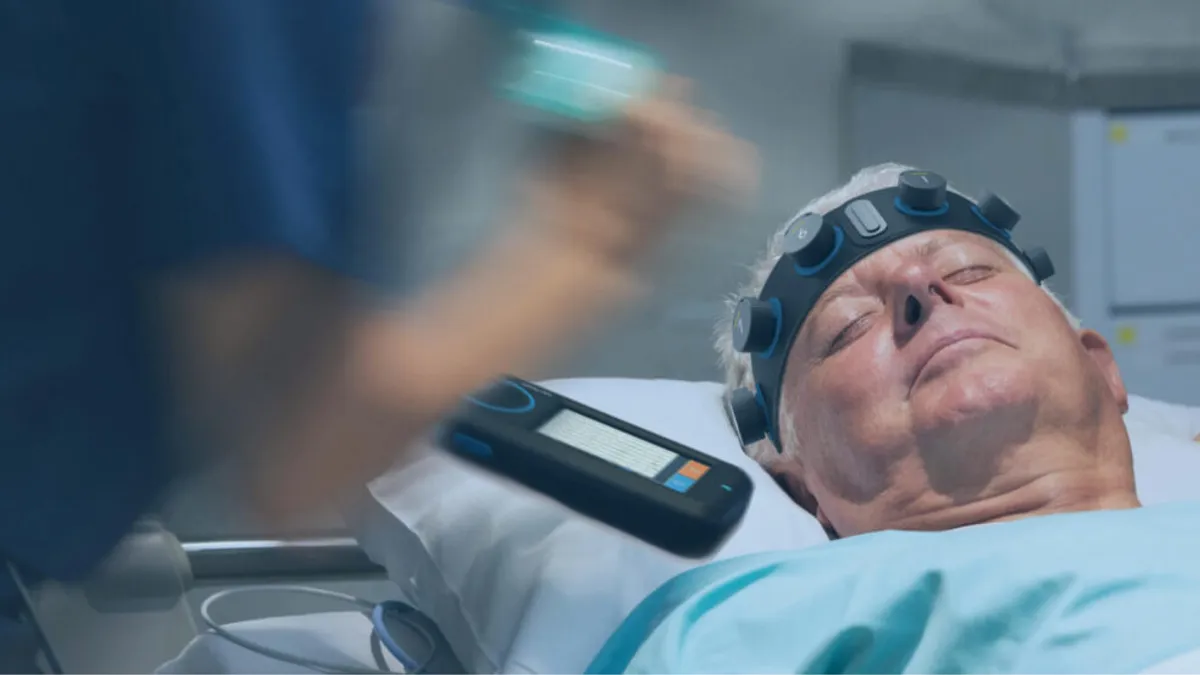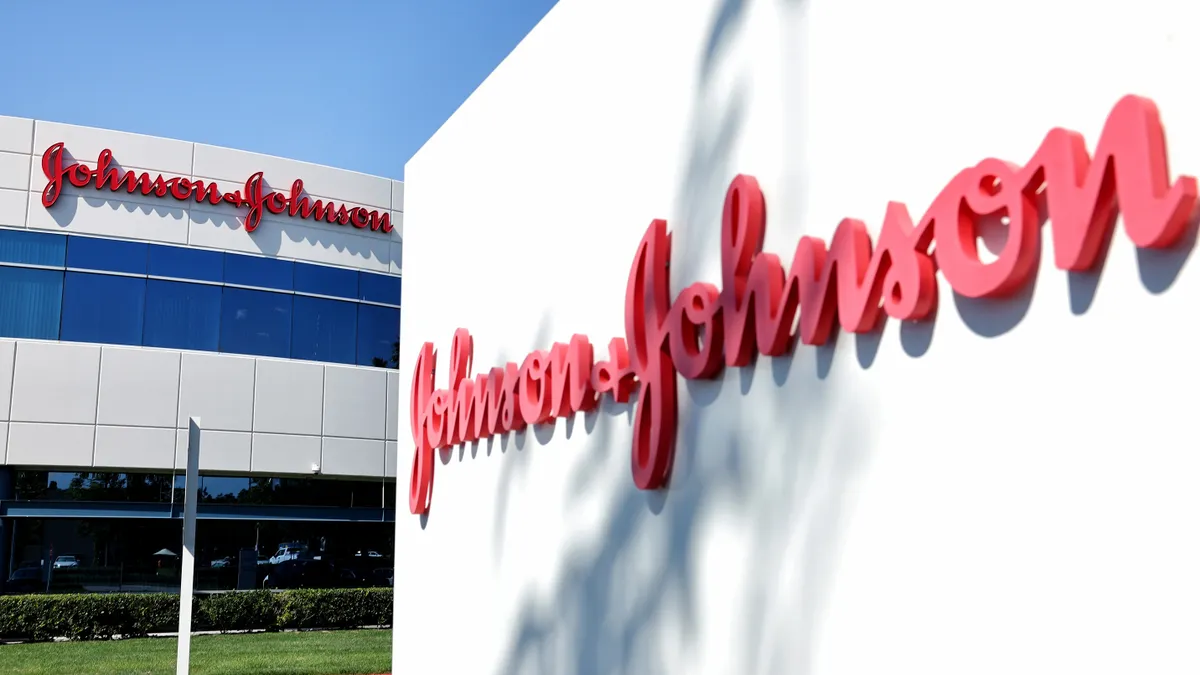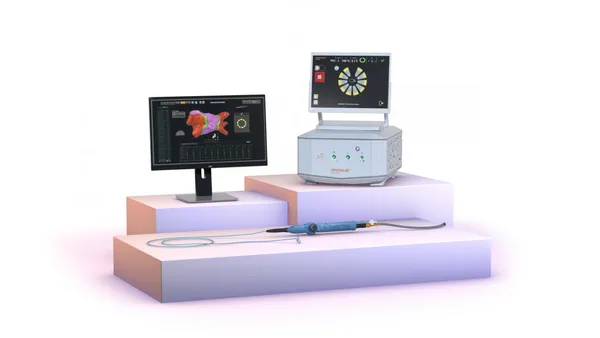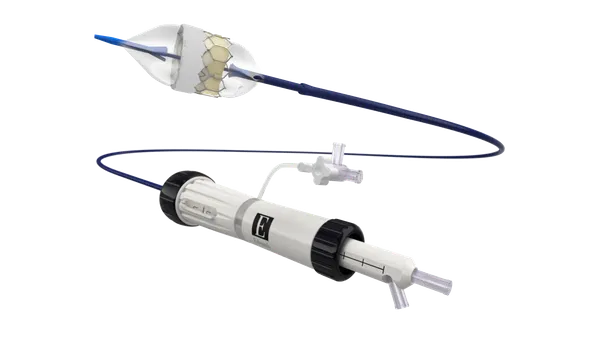Dive Brief:
- Ceribell has received 510(k) clearance for an algorithm that detects seizures in patients ages one year and older.
- The company, which announced the news Tuesday, already had Food and Drug Administration clearance for electroencephalography headbands for people of all ages. The latest clearance allows Ceribell to apply its Clarity algorithm to data captured by the headbands to detect electrographic seizures in children.
- Ceribell raised $207.3 million in an initial public offering in October. Investors sent the company’s share price down 42% in one day earlier this month amid concerns about the impact of China tariffs on its margins, although the stock later regained most of the losses.
Dive Insight:
Ceribell has created an EEG platform for patients in several care settings. Combining a disposable, flexible headband and pocket-sized, battery-operated recorder, the system captures and wirelessly transmits EEG signals. An algorithm continuously monitors the EEG signal. The technology is designed to make it viable for more facilities to continuously monitor patients and cut the time taken to detect seizures.
Previously, the algorithm was only cleared for use in patients aged 18 years and older. Ceribell filed for clearance in younger people in the fourth quarter of 2024 and recently received a positive FDA decision.
Jane Chao, co-founder and CEO of Ceribell, said in a statement that critically ill children are particularly vulnerable to preventable brain injury. Seizures can lead to poor clinical outcomes when not treated in a timely manner, Chao said, but clinicians have lacked an algorithm for detecting the events in children as young as one year old.
Chao said Ceribell expects to make the pediatric algorithm available commercially soon.
The expansion adds another feature for Ceribell to leverage as it tries to persuade hospitals to switch from conventional EEG systems, which are mainly used to diagnose epilepsy in outpatient settings but are also deployed in acute care facilities. Ceribell has named Natus Medical and Nihon Kohden as its main competitors.
Investors showed confidence in Ceribell’s ability to win market share when the company went public last year. However, the imposition of tariffs on U.S. imports from China shook confidence in the company last week. The day after the stock crashed, Ceribell published an analysis of the impact of the tariffs, telling investors total gross margins could fall by 8 to 10 percentage points starting in the fourth quarter.
Ceribell is insulated from the impact of the tariffs until then because it has enough headbands to supply the market through at least the third quarter, according to the analysis. After that, tariffs on headbands could reduce gross margins, but the company does not expect its subscription products to be affected.
J.P. Morgan analysts said in a note to investors that the fall in Ceribell’s share price was “overdone” and driven by “misplaced tariff exposure fears.” The analysts said the company could move production out of China, perhaps to Costa Rica. William Blair analysts said Ceribell leaders previously told them about the potential to move production to Mexico.
Ceribell has discussed contingency plans publicly.
“If we want to relocate to another country in Asia, that might take, say, less than a year,” Chao said at a TD Cowen event in March. “If we want to relocate back to the U.S., that might take a little bit longer, because now we'll do it more in house instead of leveraging OEM. Either way, we're not talking about a three, five year horizon.”












